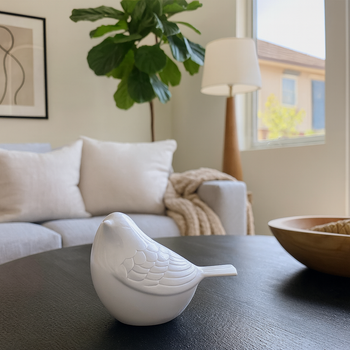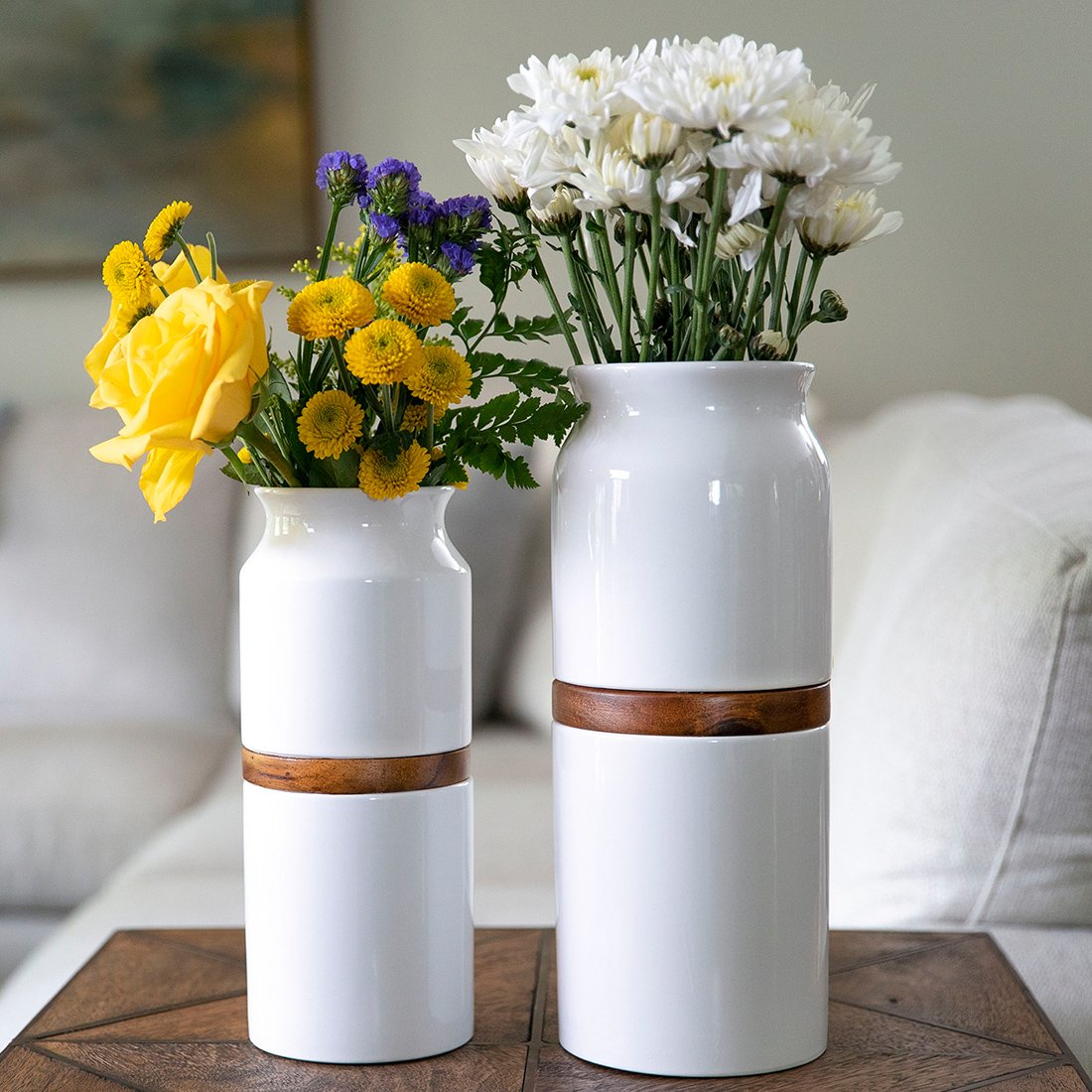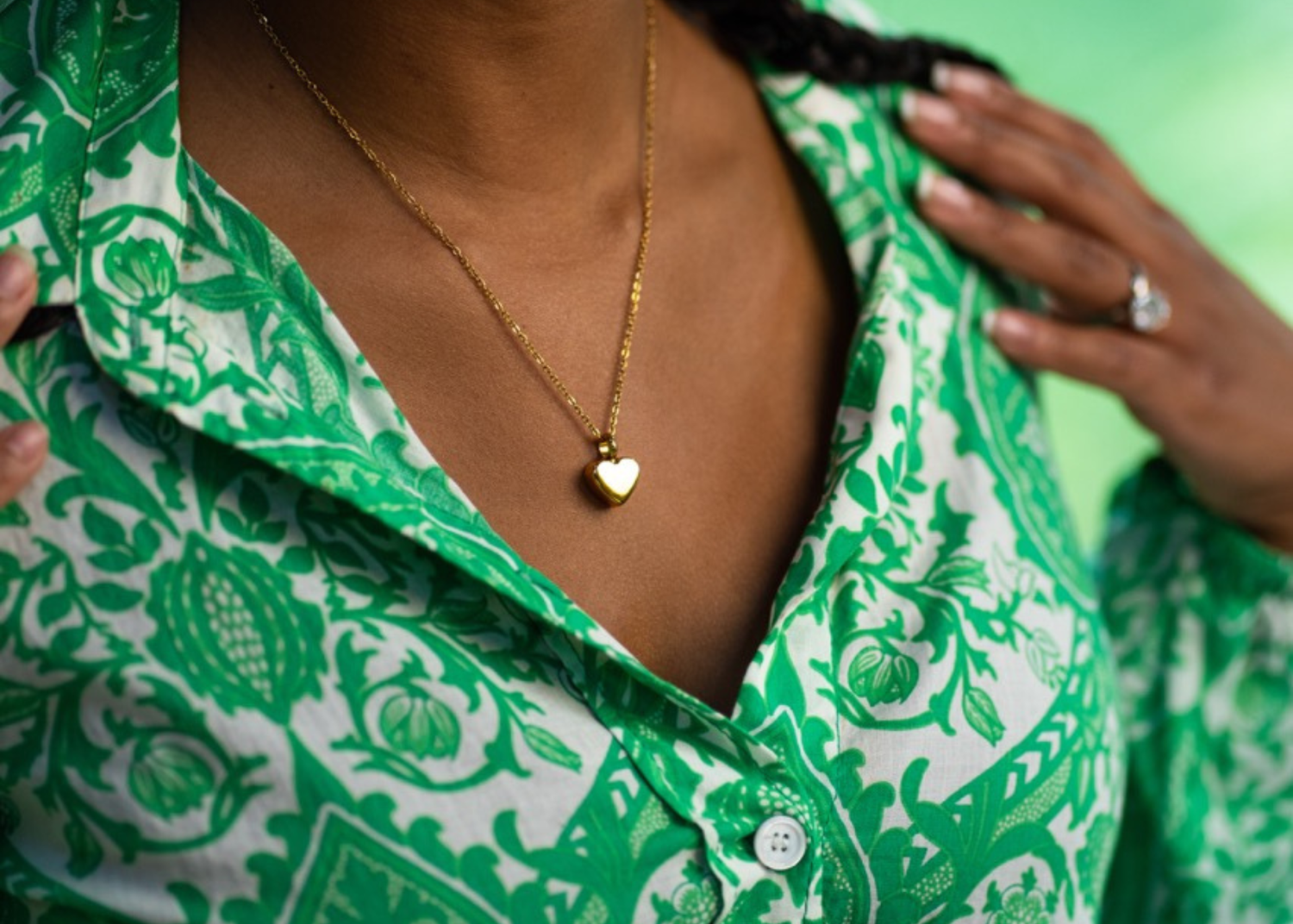

In times of loss or transition, many people turn inward, seeking meaning and connection. One powerful way to find grounding is by exploring where you come from. Genealogy—the study and tracing of ancestry—provides more than just names and dates; it uncovers stories of resilience, migration, love and survival that have shaped your family across generations. Engaging in a genealogy project can be profoundly healing, particularly when grief or identity questions arise. This article delves into the therapeutic benefits of genealogy, offers practical guidance on how to begin, and encourages readers to view ancestral exploration as both a research endeavor and a personal journey.
The Therapeutic Benefits of Genealogy
At first glance, genealogy may seem like a hobby for retirees or history buffs. Yet its potential for healing runs deep:
-
Identity and Belonging: When someone dies, you may feel anchorless. Learning about your ancestors—who they were, where they lived, what challenges they faced—anchors you within a larger story. It reminds you that you come from a lineage of people who experienced joy, hardship, love and loss. Knowing their stories can foster a sense of belonging and continuity.
-
Perspective and Resilience: Discovering tales of ancestors surviving war, famine, migration or illness can place your own struggles in context. It can inspire resilience by highlighting how your predecessors overcame adversity. Conversely, learning about their joys and accomplishments can bring pride and motivation.
-
Connection Across Generations: When families gather to share memories, they often feel closer. Genealogy projects encourage conversations with older relatives, bridging generational gaps. For younger family members, hearing stories about great-grandparents can make their own family history tangible.
-
Honoring the Deceased: Researching your family tree and memorializing ancestors’ stories is a way to honor their lives. It keeps their memory alive, which can be especially comforting after a recent loss. As you piece together their experiences, you may feel a sense of companionship and guidance.
-
Cultural and Spiritual Healing: For people who feel disconnected from their cultural heritage, genealogy can offer a path back. Learning about ancestral customs, languages, religions and lands can reinforce cultural identity and spiritual grounding.
Getting Started with Your Genealogy Project
Embarking on a genealogy journey may feel daunting, but it’s approachable if you start small and stay organized:
-
Begin with What You Know: Start with yourself and work backward. Document your own full name, birth date and birthplace. Then gather this information for your parents, grandparents and great-grandparents. If possible, include marriages, siblings, locations and occupations.
-
Collect Family Documents: Look through old photo albums, letters, diaries, military papers, immigration documents, birth certificates and marriage licenses. These primary sources contain valuable details. Ask relatives if they have boxes of memorabilia in their attics or basements.
-
Interview Relatives: Sit down with parents, grandparents, aunts and uncles to collect oral histories. Ask open-ended questions: What do you remember about your parents’ childhood? How did our family come to live where we do? What traditions did you grow up with? Use a voice recorder to capture stories word for word. Encourage storytellers to share anecdotes, recipes, jokes and life lessons.
-
Engage with Extended Family: Reach out to cousins and distant relatives. They may have information, photographs or family heirlooms you haven’t seen. Social media and email can facilitate these connections, particularly when relatives live far apart.
-
Organize Your Findings: Use notebooks, spreadsheets or genealogy software to record names, dates, relationships and sources. Create a system to track what you have and what you need to find. Organization prevents duplicated work and helps you see patterns.
Using Research Tools and Resources
Once you’ve gathered information from family members, you can expand your search using public records and digital databases:
-
Online Genealogy Platforms: Websites like Ancestry, MyHeritage, FamilySearch and Findmypast offer access to census data, birth and death records, immigration records, military service files and more. Some require subscriptions, while others are free. These platforms also enable you to build and visualize your family tree.
-
DNA Testing: Many people are curious about their genetic ancestry. DNA testing services analyze your saliva to provide ethnicity estimates and potential matches with relatives. While DNA results can confirm or expand your research, they may also reveal surprises like unknown siblings or misattributed parentage. If you decide to test, prepare yourself emotionally for unexpected findings.
-
Archives and Libraries: National, state and local archives hold historical documents such as land deeds, wills, newspapers and church registers. Libraries often provide free access to microfilm and digital records. Librarians can assist with searches and suggest resources specific to your region.
-
Cultural and Historical Societies: Ethnic heritage societies, historical societies and genealogical associations offer specialized knowledge. For example, if your ancestors emigrated from Ireland, Polish or Indigenous communities, there may be organizations with records, language guides and translation services.
-
Cemetery and Church Records: Visiting ancestral graves can provide dates, inscriptions and clues about family relationships. Churches often kept baptism, marriage and burial records long before civil registration existed.
-
Immigration and Naturalization Documents: If your ancestors were immigrants, ship manifests, passports and naturalization papers can provide details about origins and reasons for migration.
During research, cross-reference findings to confirm accuracy. Genealogy can be a puzzle; names might have different spellings, and dates may be approximate. Patience and persistence are essential.
Building Your Family Tree
Creating a visual representation of your family tree helps you see connections and identify gaps. Most online platforms include drag-and-drop tree builders. However, you can also design one manually:
-
Choose a Format: Pedigree charts display direct ancestors, while family group sheets include siblings and spouses. Decide whether you want a broad overview or detailed branches.
-
Use Standard Conventions: Record maiden names for women, note marriages and divorces, and indicate adoption or stepfamily relationships clearly. Include dates and locations where possible.
-
Add Narrative Details: A tree is more than a list of names. Attach notes to each individual: occupation, personality traits, hobbies, achievements, challenges. These stories breathe life into your tree.
-
Include Photographs: Visuals make your tree more engaging. Place photos next to names or create a separate gallery. If you only have printed photos, scan or photograph them to digitize.
-
Update Regularly: As you discover new information, update your tree. This ensures that your research stays current and can be shared with family members.
Once your tree is established, you can print it as a poster, create a photo book or build an interactive digital version to share with relatives. The act of building and sharing reinforces family bonds and invites collective contribution.
Exploring Cultural and Historical Context
Genealogy isn’t just about names and dates; it’s also about understanding the times and places your ancestors lived in. Exploring context adds depth and empathy to your research:
-
Historical Events: Learn about wars, economic crises, political upheavals and social movements that may have influenced your ancestors’ lives. Understanding these events helps explain migration, career choices or changes in social status.
-
Cultural Practices: Discover traditions, clothing styles, music, religious practices and rituals that were part of your ancestors’ daily lives. This can connect you to heritage you may have lost.
-
Geography and Migration Patterns: Map your ancestors’ journeys. Did they move from rural villages to bustling cities? Did they cross oceans? Migration stories often involve courage and resilience. Learning why they moved—seeking better opportunities, fleeing persecution, following family—adds emotional resonance.
-
Language and Surnames: Study the languages your ancestors spoke and the meaning behind surnames. Often, last names indicate occupations, places or personality traits. Learning key phrases or songs in ancestral languages can be both fun and meaningful.
Delving into context fosters empathy and understanding. It allows you to imagine your ancestors not as distant figures, but as real people navigating their world.
Genealogy as a Shared Family Project
While genealogy research can be a solitary pursuit, involving family members multiplies its impact:
-
Story Exchange: Host a “family history night” where each person brings an item or story. Use these gatherings to record oral histories and collect items for a potential family time capsule or scrapbook.
-
Collaborative Research: Assign different branches of the tree to different relatives. One cousin might focus on paternal lines, another on maternal ancestors. Share findings through group chats or shared online trees.
-
Workshops and Classes: Enroll in genealogy workshops as a family. Libraries, community centers and online platforms offer classes on research techniques, DNA testing interpretation and archival preservation.
-
Travel Together: Plan trips to ancestral homelands. Walking the streets your ancestors walked, visiting churches they attended or meeting distant relatives can be transformative. Document these trips with photos and journals.
Engaging as a family encourages intergenerational dialogue. Older relatives feel valued for their knowledge, while younger members gain appreciation for their roots.
Incorporating Genealogy into Healing Rituals
Genealogy projects lend themselves to rituals that honor ancestors and support healing:
-
Family Albums and Videos: Create a scrapbook or video montage of stories and images you’ve uncovered. Share it at memorial gatherings, anniversaries or reunions.
-
Ancestral Altars or Shrines: Dedicate a space in your home to display photographs and heirlooms. Light candles or incense and spend time reflecting on your lineage.
-
Ancestral Remembrance Day: Choose a day—perhaps around All Souls’ Day, Dia de los Muertos or another cultural remembrance—and perform rituals that celebrate your ancestors. Prepare foods they enjoyed, play music from their era and share stories.
-
Genealogy Journaling: Keep a journal of discoveries and reflections. When you encounter a breakthrough or a surprising connection, write down how it makes you feel. Over time, this journal can become a treasured narrative of your healing journey.
-
Connecting to Living Elders: Honor living elders in your family by interviewing them and documenting their stories. Acknowledging and recording their contributions can be healing for them and enriching for you.
By integrating genealogy into your mourning and remembrance practices, you create a bridge between past, present and future, ensuring that loved ones remain part of your family narrative.
Navigating Challenges and Ethical Considerations
Genealogy can unearth unexpected information, such as unknown relatives, adoption secrets or different paternity. Here are considerations to keep in mind:
-
Prepare Emotionally: Approach your research with openness, recognizing that surprises may arise. If you discover sensitive information, take time to process it and consider the impact on others.
-
Respect Privacy: Before sharing personal details about living relatives, seek their consent. Not everyone may be comfortable having their information public.
-
Handle DNA Findings Gently: If DNA results reveal previously unknown parentage or siblings, discuss with a counselor or trusted confidant before reaching out to new relatives. Respect their boundaries and readiness to connect.
-
Cultural Sensitivity: If your ancestors were involved in harmful practices or were victims of injustice, treat these topics with care and respect. Acknowledge the truth while avoiding sensationalism.
Approach genealogy with compassion for yourself and others. Recognize that family stories are complex, and your role is to honor all aspects of your heritage.
Conclusion
Tracing your ancestral roots through genealogy is more than a quest for names and dates; it is a journey of healing and connection. In times of grief or uncertainty, delving into your family history can ground you in a larger narrative, revealing patterns of resilience and love that transcend generations. By collecting documents, recording oral histories, using research tools, building family trees, exploring cultural context, and involving relatives, you weave a tapestry of stories that belongs to you and your descendants. As you navigate surprises and celebrate discoveries, remember that genealogy is both an act of remembrance and a gift to the future. Embrace it with curiosity and reverence, and allow the lives of your ancestors to illuminate and heal your own.
Our Best Selling Collection
Frequently Asked Questions
What are the shipping options for my memorial?
Oaktree offers free nationwide shipping on all urns and cremation jewelry items, with delivery typically taking 2-5 business days, including processing time. Need it sooner? Expedited shipping (overnight or 2-day) is available at checkout for an additional cost, and we will also prioritize processing for faster delivery. If you need international shipping, please contact us first to confirm availability and rates.
How long will it take for my engraved item to arrive?
Engraved urns and cremation necklaces require an additional 1-3 business days for personalization before shipping. If you need faster delivery, please contact us—we’ll do our best to expedite processing and accommodate your timeline. Expedited shipping options are also available at checkout to ensure your memorial arrives as soon as possible.
What do I do if I never received my order?
If your order hasn’t arrived within 10 business days, please contact us so we can track your shipment and resolve any issues. We’ll ensure your memorial reaches you as soon as possible.
What do I do if I received a defective order?
If your order arrives damaged or defective, contact us right away. We take pride in our high-quality craftsmanship and will work quickly to replace or repair your item at no additional cost.
Can I return my urn or cremation necklace? What is your return policy?
Oaktree offers a 100-day return and exchange policy for non-engraved items. Due to personalization, engraved urns are final sale and cannot be returned. For full details on how to start a return or exchange, visit our Returns & Exchanges page.
How do I make changes to an urn I’ve already ordered?
If you need to modify an order, contact us as soon as possible. If your urn is already engraved, we may not be able to make changes, but we’ll do our best to accommodate your request before processing.
How are your urns made? Where do the materials come from?
Oaktree’s urns are handcrafted in the USA and Europe using sustainable, locally sourced materials. Our artisans ensure each piece is beautifully designed and built to honor your loved one’s memory with care.
How do I choose the right urn size?
Each product page includes detailed dimensions, weight capacity, and cubic inches to help you select the right urn. As a general guide, 1 cubic inch holds 1 pound of pre-cremation weight. If you need help choosing, feel free to contact us.
Some urns are marked as “sold out.” When will they be available?
Our handmade urns may take a few weeks to restock. If you’re interested in a specific style, contact us for an estimated restock date, and we’ll notify you when it’s available.
Does Oaktree place the ashes into my urn?
Yes, we offer an optional ash transfer service for an additional fee. If you’d like us to handle this process, please contact us when placing your order. You’ll need to mail the ashes to us, and we’ll carefully transfer them into your selected urn.
How do I transfer ashes into my urn?
Cremated remains typically arrive in a sealed plastic bag inside a plastic container. To transfer them, simply place the sealed bag inside your urn. If needed, use a funnel for precise placement. If you have any concerns, our team is happy to assist.
How do I order an engraved urn?
To personalize your urn, select “Yes” under “Would you like your item engraved?” on the product page. If you’d like a custom design beyond standard engraving, contact us and we’ll explore options to create a unique tribute.
Can my urn be shipped directly to a funeral home?
Yes! During checkout, you can enter the funeral home’s address for direct shipping.
Can I customize my urn beyond engraving?
Yes! In addition to engraving, we offer custom design services, including unique finishes, symbols, or artwork. If you’d like to personalize your urn beyond standard options, contact us to discuss customization possibilities.
What materials are Oaktree urns made from?
Our urns are crafted from premium materials such as wood, ceramic, marble, metal, and biodegradable materials. We focus on sustainable sourcing and high-quality craftsmanship to create lasting memorials.
Do you offer keepsake urns or mini urns?
Yes, we offer keepsake urns and mini urns, which are smaller versions designed for sharing ashes among family members or keeping a small portion as a personal tribute.
Can I pre-order an urn for future use?
Absolutely! Many customers choose to pre-order an urn in advance. This ensures availability and allows for customization without time constraints. Contact us to arrange a pre-order.
Do you offer pet urns?
Yes, we provide a range of pet memorial urns designed to honor beloved pets. These are available in different materials and sizes to suit dogs, cats, and other pets.
How do I clean and maintain my urn?
Urns require gentle care to maintain their beauty. Use a soft cloth and mild cleaner for metal or ceramic urns. Avoid direct sunlight and moisture to preserve wood urns. Contact us for specific care instructions based on your urn’s material.
Can I travel with an urn? Are they TSA-approved?
Most Oaktree urns are TSA-compliant, making them safe for air travel. Choose a non-metal urn to ensure easy screening. We recommend carrying the urn in your carry-on bag and bringing the cremation certificate from the funeral home.
How do I track my order?
Once your order ships, we’ll send you a tracking number via email. You can use this to monitor the shipment status. If you don’t receive tracking details, contact us for assistance.
How do I contact Oaktree if my question isn’t answered here?
We’re happy to assist! Visit our Contact Us page to reach us via email, chat, or phone. Our compassionate team is ready to help.






